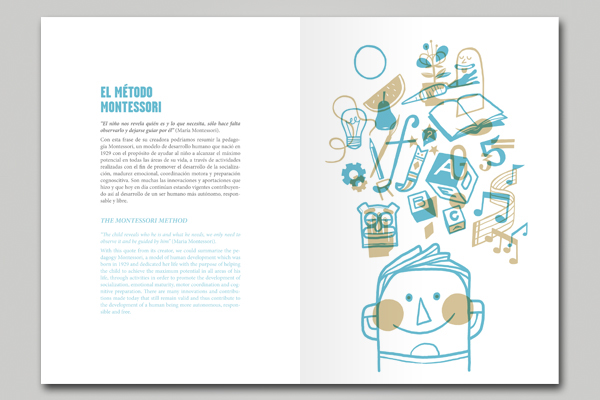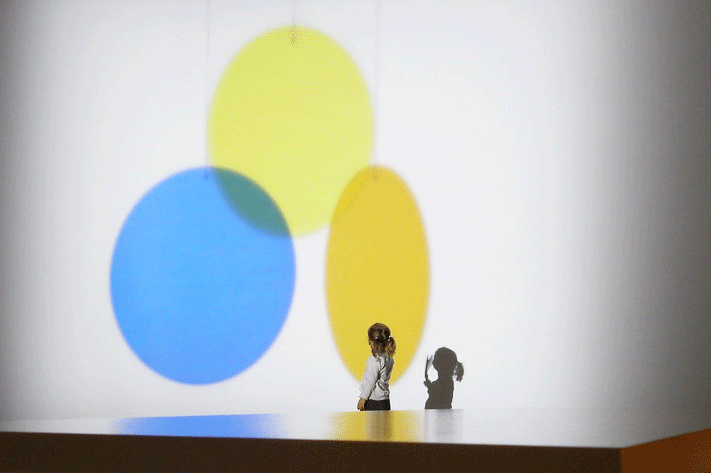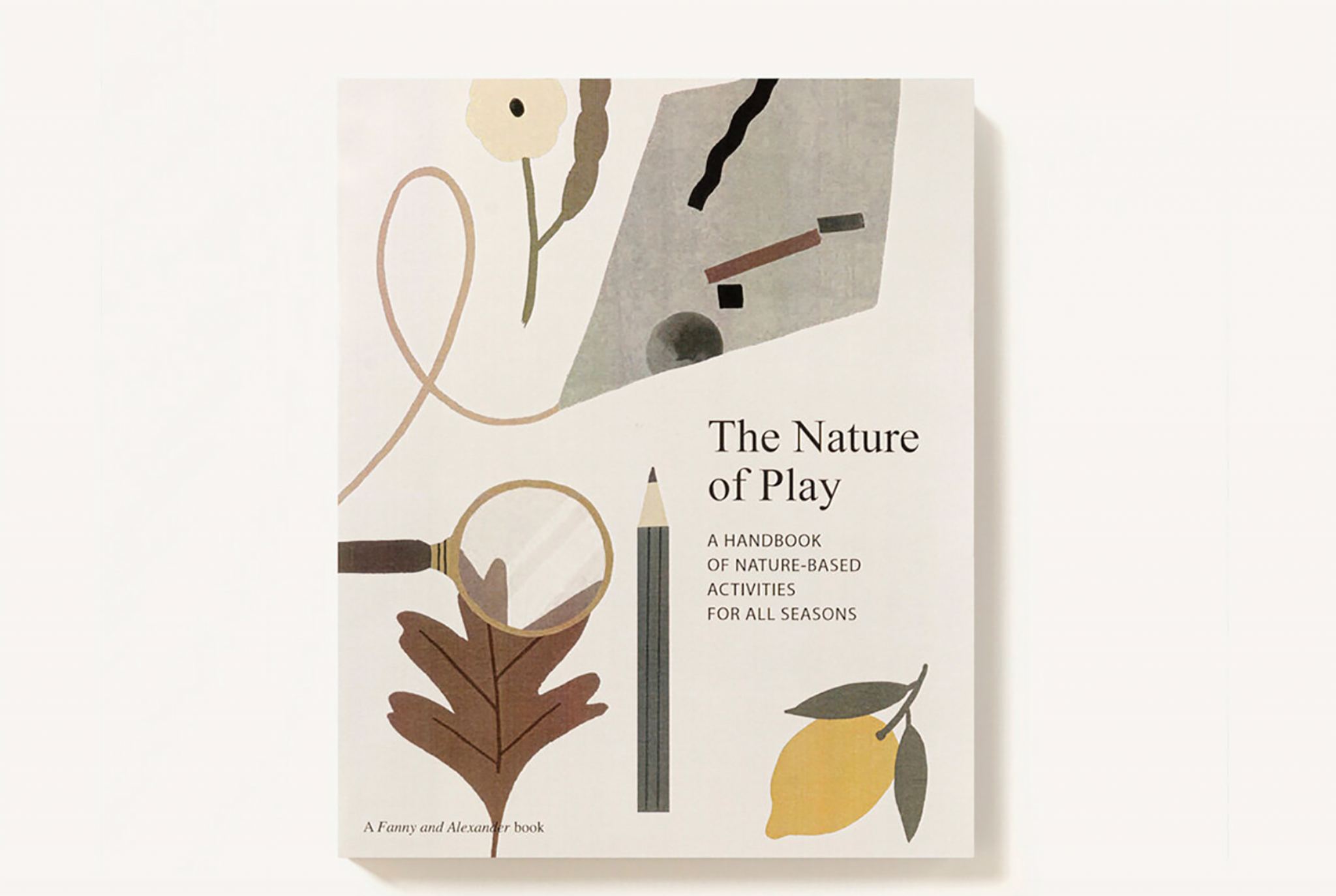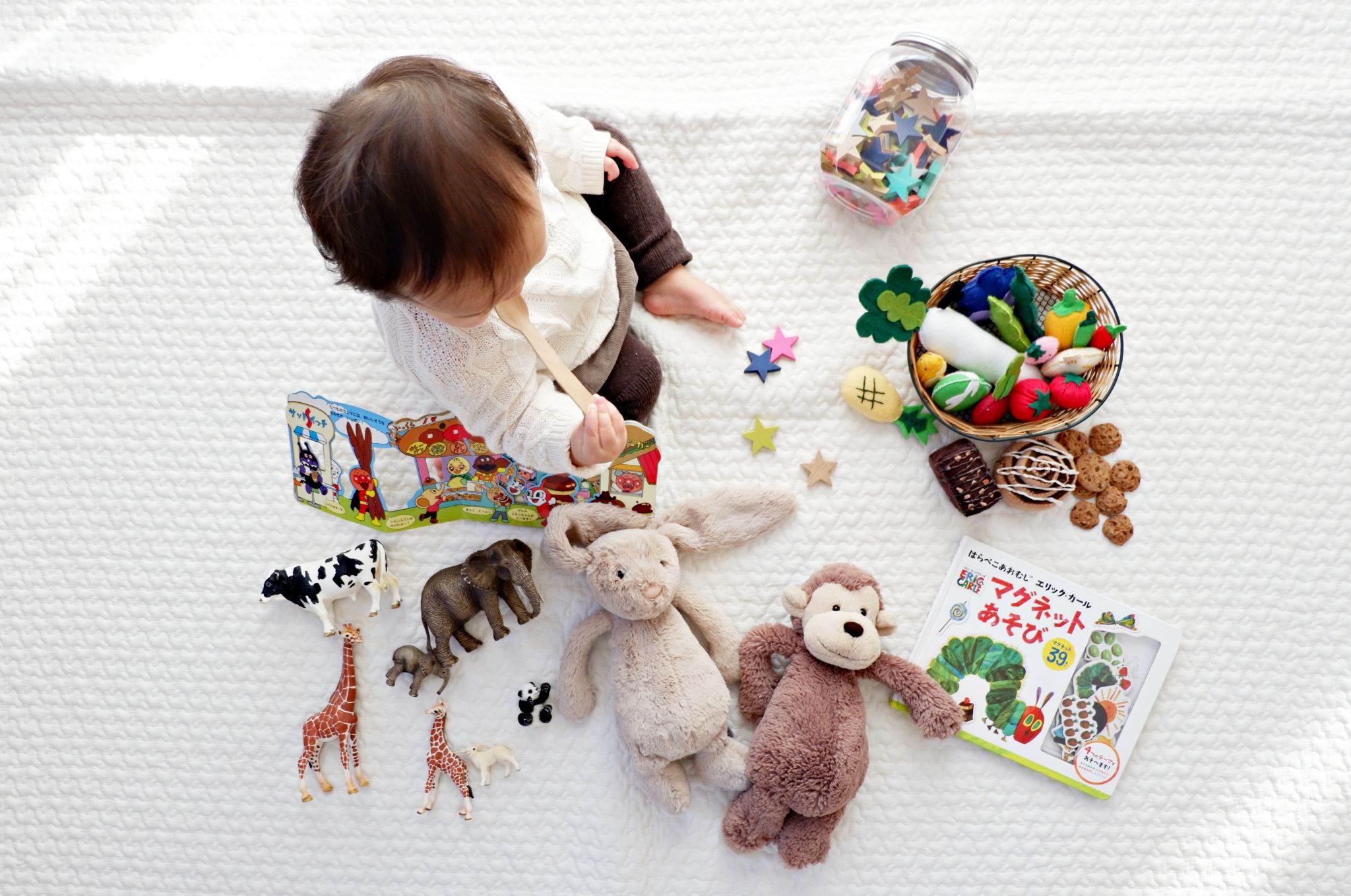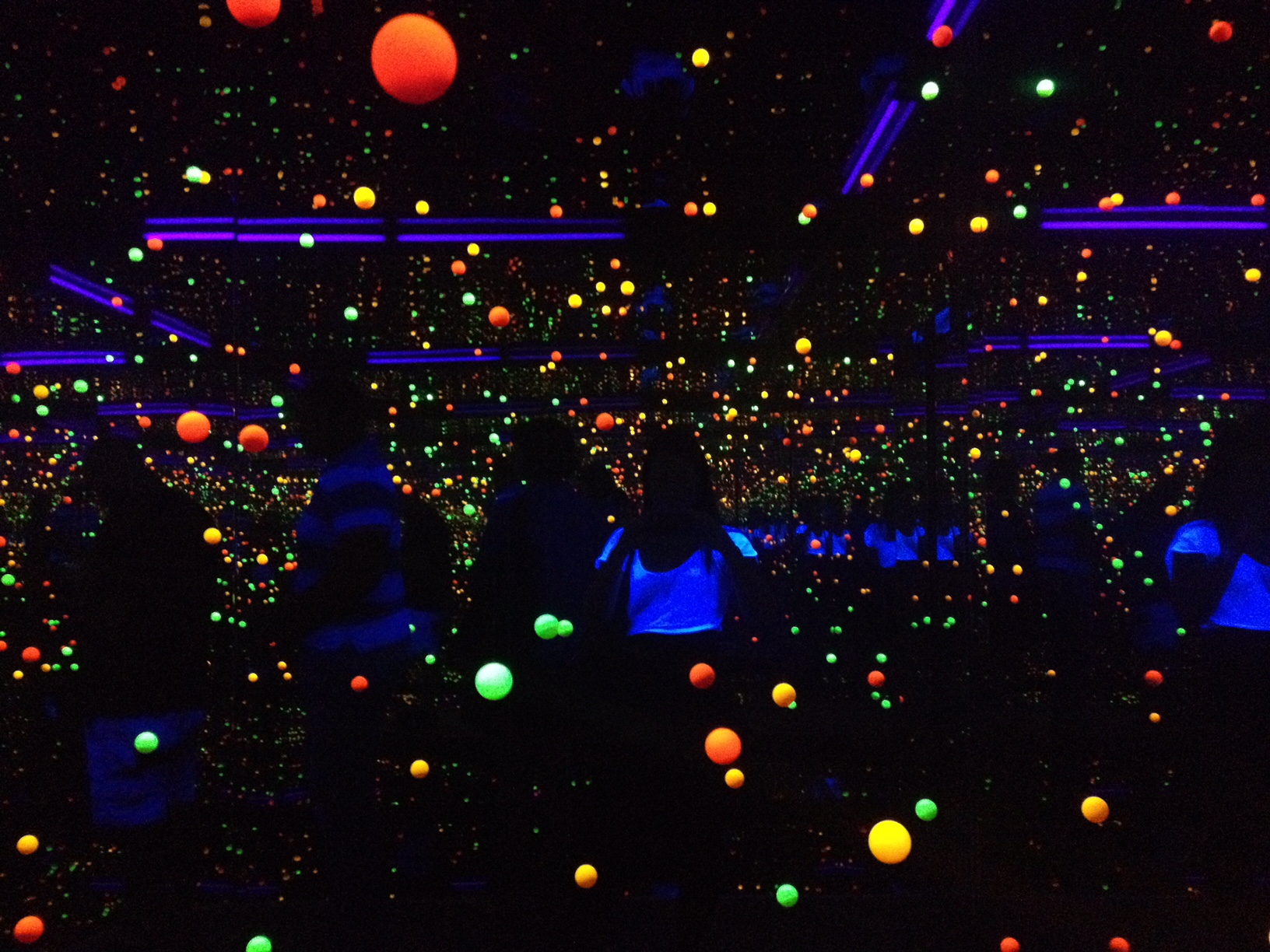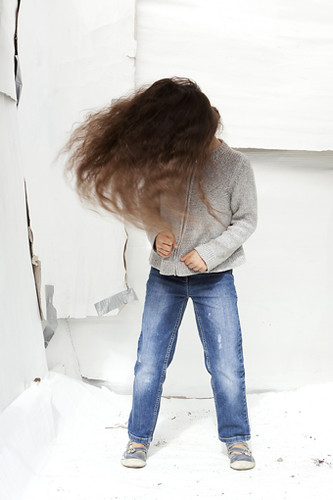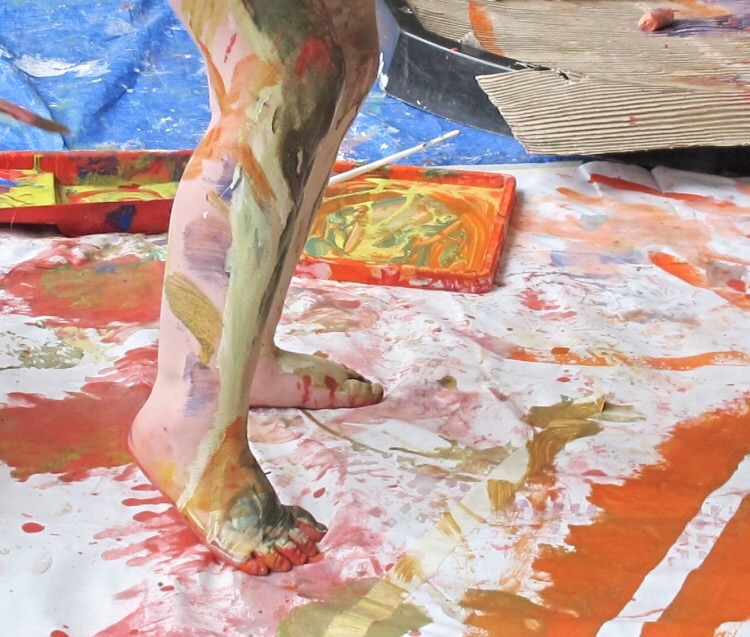*This is an updated version of a post originally published in May 2018* If you are a teacher in the Northern Hemisphere, the new academic year is heating up. The paper work may be piling up too… A LOT! Education apps can help with that. Apps can be used to digitally document and collate children’s learning. These records can then be easily shared with other students, educators and parents – helping to grow a community that fosters learning. However, at their worst, apps can also encourage a culture of surveillance and control of children’s lives – it depends on how they are being used! In this post, I talk about why documenting and reflecting on children’s learning is important, including how apps can be used to support this process in a positive way. I review five apps: Seesaw, Class Dojo, Google Classroom, Storypark and Artsonia to discuss how these can…
Five key early childhood educators
This post is especially for parents who are trying to find the right pre-school for their child. If you are on the hunt already, you may have noticed that many kindergartens advertise as being ‘Steiner,’ ‘Reggio Emilia,’ ‘Froebel’ or ‘Montessori’ inspired. However, unless you have an early childhood qualification yourself, these terms can be quite confusing! In this post, I introduce five key people who have had a huge influence on early childhood education: Froebel, Montessori, Steiner, Malaguzzi and Vygotsky. I talk about who these people are and the contributions they have made to kindergarten teaching around the world. Image credit: “Valencia Montessori School” by Jorge Lawerta is licensed under CC BY-NC-ND 4.0 Froebel Friedrich Froebel is credited as being the founder of the kindergarten. He did this back in 1700s Germany as he believed that young children needed their own place to learn in that was separate to adults. Froebel believed that play…
Why process art is important
Art can play an important role in children’s learning. For example, it can encourage children to experience the world in new and divergent ways. Art can also allow children to explore and express feelings, ideas and dispositions that cannot be communicated through words and numbers. However, not all children’s art activities are the same. You may have heard about ‘Product’ and ‘Process’ art already. In this post, I talk about what these terms mean and how they can both be useful in supporting children’s creativity. What is Product Art? Product Art is structured and focused activities that aim to produce a particular outcome. For example, ‘create a rocket from recycled cardboard’ or ‘make a snail out of clay.’ These activities often use specific instructions, techniques and materials to make a specific creation. How is Product Art useful and restrictive? Product Art activities can be useful in helping children to learn new…
The Nature of Play book review
In our busy and digital-driven world, many children have little opportunity to engage in everyday play in nature. Recent research has also illustrated that technology is significantly affecting how children think and focus their attention, with some screen-based games significantly restricting the use of imagination and creativity. The Nature of Play: A Handbook of Nature-Based Activities for all Seasons offers a remedy to this dilemma. The book features 44 play activities for children and adults in gardens, forests and city parks throughout the four seasons. For example, the Spring section of the book features activities such as ‘Get to know a tree’ and ‘plan a picnic.’ The Winter section then offers more indoor play prompts such as ‘build your own marble run’ and ‘rainy day games.’ Other activities include: Make your own pinhole camera using a recycled Pringles tubeCreative a beautiful seasonal mobile using objects collected from nature Construct a sand volcano…
How to buy Christmas gifts for kids that actually promote creativity
Every December I wander through the children’s section of my local department store perusing the latest toys and gadgets. While I am not a mother myself, I get great joy from selecting and buying presents for the little humans in my life. The moment of anticipation when my carefully chosen gift is being unwrapped embodies the true festive feeling of wholesome, consumerist delight. However, I want my gift to do more than just spark momentary joy in my little friend’s heart. I want them to play with it time again and again. I want it to inspire them and most of all, I want my gift to encourage creativity. But with so many choices out there, it can be difficult to know what to buy. With so many options out there, it can be difficult to know what gifts to buy children Creativity is defined in the Oxford Dictionary as…
What does pedagogy mean?
In this post I discuss my understanding of the term ‘pedagogy’ and the ability for the process of documentation to act as a tool to critically think about the assumptions, beliefs and practices that shape a learning environment.
3 tips for scaffolding children’s play with materials
Children’s play with materials is important as it allows them to think and learn in different ways. As a child’s creativity is always limited by what they do and do not know, scaffolding can open up new opportunities for more complex learning over time. Scaffolding is a term that was first coined by Vygotsky (1978) who described the process as something that allows children to move their current level of understandings to a more advanced one. This process helps children to undertake activities that they usually would not be able to without the help of others. Teachers and parents often do a lot of scaffolding in children’s lives. They teach children how to brush their teeth, share with others and read. Children’s peers, technology and information resource like a YouTube video can also scaffold children’s learning in different ways. Scaffolding is important in children’s play with materials as it allows…
How to teach creative movement to children
Dance is an important part of both early childhood education and visual art. This post talks about why creative movement is important in children’s learning and introduces the work of Rudolf Laban, one of the pioneers of dance education. Dance in education and art In tribal societies, where no formal education existed, dance was used to tell stories and educate children. Like other art forms, it has also provided a means for people to come to terms with and express difficult feelings that could not be communicated through words. Dance is also a very important part of contemporary art with many major art museums staging specialized performances like you can see in the video below of Tate’s ‘If Tate Modern was Musée de la danse?’ https://www.youtube.com/watch?v=SaYSTQGDK7s Why is creative movement important in children’s learning? Anyone who has spent time with children will know that kids love to move and jump around.…
How to use demonstrations to support creativity
This post explores ‘demonstrating’ as a technique for facilitating children’s learning with and through art in museums.


